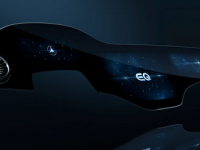October 25, 2022
As the trend towards miniaturization continues to grow across a wide range of industries, manufacturing and prototyping technology must be able to achieve the high resolution, accuracy, and precision demanded by these applications.
The advantages of micro-3D printing become more valuable as parts become smaller and more complex. The longer lead times and increased cost associated with traditional microfabrication methods, such as micro machining and micro injection molding, best highlight the benefits of micro-3D printing.
The advantages of using 3D printing are usually in terms of reduced lead times and lower cost for prototyping or production. The same is true in micro-3D printing, but not only are you benefiting from increased speed and lower cost, you are fabricating a part that could not easily have been produced with any other method and in some cases parts that could not be produced any other way.
This whitepaper will cover the basics of Projection Micro Stereolithography (PμSL) and how the control and building blocks of the pixels relate to the overall process. We will then discuss the differences and benefits between PμSL and other resin-based process and why this results in higher resolution, precision, and tolerances compared with other additive technologies.
Fill out the information below to download the resource.
Latest News









